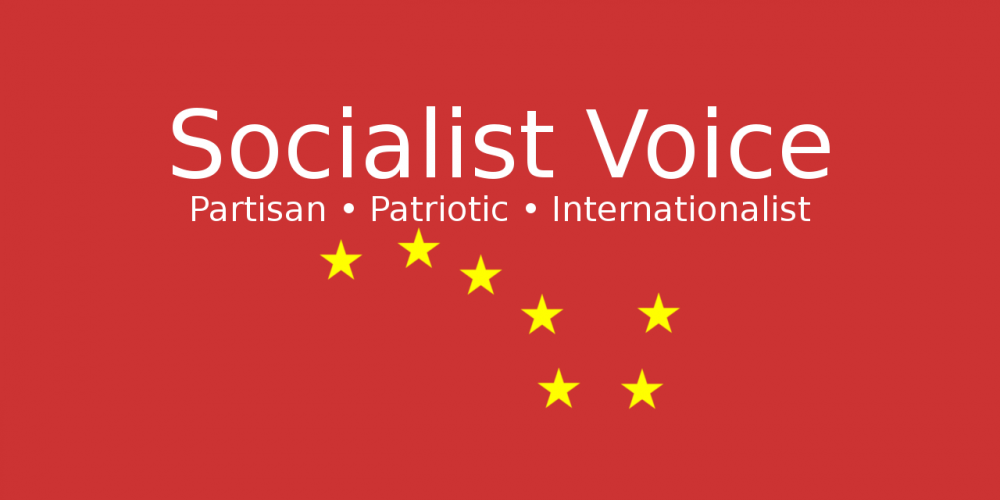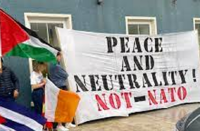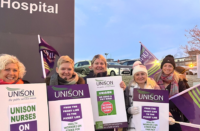Frustrated at the failure of governments to tackle the problem of homelessness, a number of organisations under the umbrella of Home Sweet Home, including the Irish Housing Network, trade unions, and artists and musicians, have taken on the Government in an organised act of civil disobedience.
There are now 6,847 people without a home in Ireland. Nearly 2,500 of these are children. Furthermore, there are 105,603 people in arrears with their mortgage and who are in danger of losing their home.
Meanwhile rents are on course to increase by 25 per cent over the next two years, with some tenants experiencing increases of up to 60 per cent.
As the Government pays lip service to the crisis, it continues to support landlords and to inflame the housing problem. In the last budget the Government increased the amount of tax allowance landlords can receive, from 75 per cent of their mortgage on rental properties to 85 per cent, with the intention of raising it to the pre-crash rate of 100 per cent.
The latest package offered by the Government included a guaranteed 4 per cent increase to landlords for each of the next four years—at a time when inflation is running at 0.10 per cent. Meanwhile NAMA holds a huge portfolio of unoccupied dwellings. According to Focus Ireland, the dwellings held by NAMA could house more than half of those homeless.
Despite the plea of poverty from landlords, and the alleged flight from the sector, CSO figures show that the number of private rented properties in Dublin has increased by 43,000 and outside Dublin by 24,000. There has been a 27 per cent increase since 2011 in the number of landlords with twenty or more tenancies. Hardly a flight from the market!
Breakdown of the number of vacant homes by county, excluding holiday homes

Source: Housing Agency
There are 198,358 empty dwellings in the Republic—more than enough to accommodate everyone who is homeless or threatened with homelessness. The state, on the other hand, has disinvested from public housing, opting instead for what is in effect the privatisation of public housing.
Between 2008 and 2012 state investment in public housing was cut by more than 70 per cent, a cut that has never been reversed. On top of this the minister for social protection, Joan Burton (Labour), capped the amount of rent support to those on social welfare. Burton disparaged the warning of housing organisations that this would lead to further homelessness, which raises questions about the Government’s agenda in regard to public housing.
The housing crisis needs to be seen in the context of what is happening internationally. In 2005 the United Nations estimated that more than 100 million people were homeless; in 2015 Habitat for Humanity estimated that this had jumped to more than 1.6 billion.
What is more interesting is what is happening in the imperialist centre. Figures published by Habitat for Humanity show an increase in homelessness throughout the imperialist world.
| Country | Homelessness | Year |
| Britain | 0.2% | 2012 |
| France | 0.21% | 2012 |
| Germany | 0.47% | 2016 |
| Netherlands | 0.19% | 2015 |
| Czech Republic | 0.28% | 2014 |
| Croatia | 0.23% | 2015 |
| Bosnia and Herzegovina | 3.73% | 2010 |
| Greece | 0.18% | 2013 |
| United States | 0.18% | 2015 |
| Australia | 0.43% | 2012 |
The figures in the table are conservative, because of the differences in how different states measure homelessness. However, the trend is upwards, reflecting the neo-liberal agenda implemented since the 2008 crisis.
Successive Irish governments since the 2008 crash have been actively encouraging transnational investment in the Irish housing rental market. This has included a range of tax incentives to real-estate investment trusts (REITs). In addition to the tax incentives the state has had to allow the increase in rents in order to make the potential profits attractive to REITs. This meant disinvestment in public housing, thereby increasing the demand for private rental houses. It also explains the Government’s mantra of not introducing rent regulation—a big disincentive to REITs.
In April this year the minister for finance, Michael Noonan, stated in relation to this favourable tax regime: This intervention has been successful in encouraging large-scale investment into the commercial and residential property markets. There are currently three REITs operating in Ireland . . . [and] it is estimated that the market capitalisation of the three REITs is now approximately €2.3 billion.
Irish Residential Properties, which is a subsidiary of the Canadian group CAPREIT, took in a net income of €5½ million between July and September 2016—an increase of 53 per cent on previous months. The Price Waterhouse report Europe, 2017: Emerging Trends in Real Estate demonstrates how the Government has been attracting international capital into the Irish housing market. One of the biggest changes is the way that residential is now viewed by institutional investors and their desire to have at least part of their portfolio in this sector. In addition to established multi-family markets in Germany, Denmark, Sweden and the Netherlands, an institutionally backed build-to-rent, or private rented sector (PRS), is beginning in Ireland.
What is happening in Ireland and in the rest of the world is a deliberate policy of reducing public housing and enlarging the private housing sector. This explains why the Government failed to list public housing as a protected sector within CETA. It explains why the Government has failed to invest in public housing, and has sought to inflate the private rental sector through increasing rents, tax subsidies, and other loopholes.
The housing crisis in Ireland is part of the global crisis of capitalism. The actions of those involved in Apollo House have revealed the inability of the Government to deal with issues such as homelessness.
It also demonstrates the comprador nature of the Irish government, whose actions are in the interests of global monopoly capital rather than those of its own people.






